-
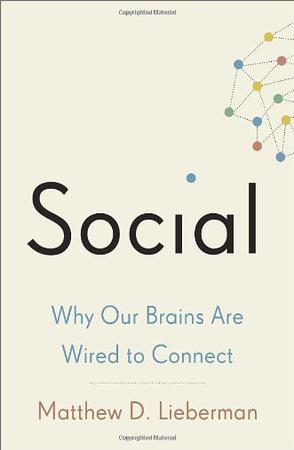
Social
We are profoundly social creatures – more than we know. In Social , renowned psychologist Matthew Lieberman explores groundbreaking research in social neuroscience revealing that our need to connect with other people is even more fundamental, more basic, than our need for food or shelter. Because of this, our brain uses its spare time to learn about the social world – other people and our relation to them. It is believed that we must commit 10,000 hours to master a skill. According to Lieberman, each of us has spent 10,000 hours learning to make sense of people and groups by the time we are ten . Social argues that our need to reach out to and connect with others is a primary driver behind our behavior. We believe that pain and pleasure alone guide our actions. Yet, new research using fMRI – including a great deal of original research conducted by Lieberman and his UCLA lab -- shows that our brains react to social pain and pleasure in much the same way as they do to physical pain and pleasure. Fortunately, the brain has evolved sophisticated mechanisms for securing our place in the social world. We have a unique ability to read other people’s minds, to figure out their hopes, fears, and motivations, allowing us to effectively coordinate our lives with one another. And our most private sense of who we are is intimately linked to the important people and groups in our lives. This wiring often leads us to restrain our selfish impulses for the greater good. These mechanisms lead to behavior that might seem irrational, but is really just the result of our deep social wiring and necessary for our success as a species. Based on the latest cutting edge research, the findings in Social have important real-world implications. Our schools and businesses, for example, attempt to minimalize social distractions. But this is exactly the wrong thing to do to encourage engagement and learning, and literally shuts down the social brain, leaving powerful neuro-cognitive resources untapped. The insights revealed in this pioneering book suggest ways to improve learning in schools, make the workplace more productive, and improve our overall well-being. -
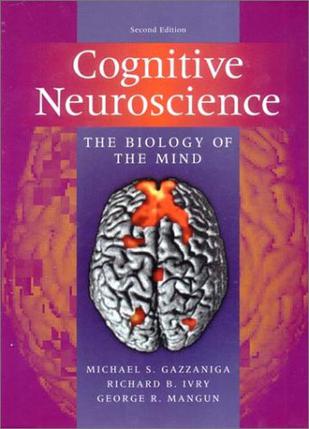
Cognitive Neuroscience, Second Edition
-
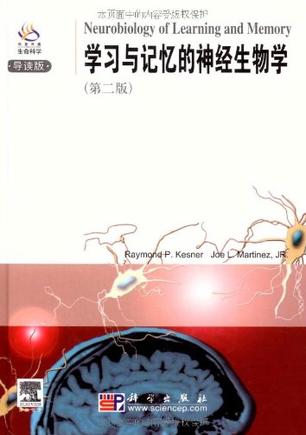
学习与记忆的神经生物学
《学习与记忆的神经生物学(第2版)(导读版)》从多个层面介绍了对学习与记忆的研究,包括各个脑区的作用、记忆功能的调节系统,以及如何依靠研究结果解释实际问题等。涵盖了有关人类、猴子和家鼠的最新研究,讨论了不同系统之间的互作与相互影响,及通过何种手段和技术研究学习与记忆中的神经生物学。 《学习与记忆的神经生物学(第2版)(导读版)》分为三部分。第一部分包括个体发育与遗传对记忆的影响,特定基因在学习与记忆的形成、存储及提取中的功能。还覆盖了记忆的可塑性、细胞改变的电生理学、海马位置细胞与相关神经环路在学习与记忆中的功能、利用神经计算模型研究记忆加工过程、激素内分泌过程对学习与记忆的影响。第二部分讨论了神经系统在调节学习与记忆中的作用,这些章节包括内侧颞叶、额叶、杏仁核、基底神经节和小脑等脑区,对这些脑区的研究采用多种研究途径和技术手段,包括神经解剖、电生理学、损毁、药理学、功能磁共振成像、行为和认知分析技术。第三部分重点介绍了如何把前述研究的结果应用于现实生活中的实际问题。这些问题涉及奖赏与药物滥用、老龄化对记忆的影响、提升记忆的机制、以及从分子水平和治疗角度研究神经退行性疾病的重要性。 -
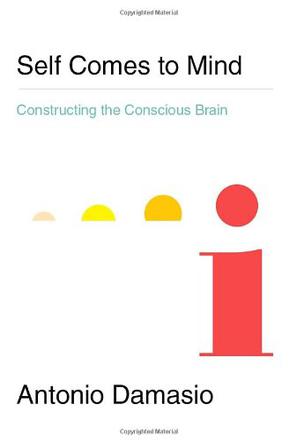
Self Comes to Mind
From one of the most significant neuroscientists at work today, a pathbreaking investigation of a question that has confounded philosophers, psychologists, and neuroscientists for centuries: how is consciousness created? Antonio Damasio has spent the past thirty years studying and writing about how the brain operates, and his work has garnered acclaim for its singular melding of the scientific and the humanistic. In Self Comes to Mind, he goes against the long-standing idea that consciousness is somehow separate from the body, presenting compelling new scientific evidence that consciousness—what we think of as a mind with a self—is to begin with a biological process created by a living organism. Besides the three traditional perspectives used to study the mind (the introspective, the behavioral, and the neurological), Damasio introduces an evolutionary perspective that entails a radical change in the way the history of conscious minds is viewed and told. He also advances a radical hypothesis regarding the origins and varieties of feelings, which is central to his framework for the biological construction of consciousness: feelings are grounded in a near fusion of body and brain networks, and first emerge from the historically old and humble brain stem rather than from the modern cerebral cortex. Damasio suggests that the brain’s development of a human self becomes a challenge to nature’s indifference and opens the way for the appearance of culture, a radical break in the course of evolution and the source of a new level of life regulation—sociocultural homeostasis. He leaves no doubt that the blueprint for the work-in-progress he calls sociocultural homeostasis is the genetically well-established basic homeostasis, the curator of value that has been present in simple life-forms for billions of years. Self Comes to Mind is a groundbreaking journey into the neurobiological foundations of mind and self. -
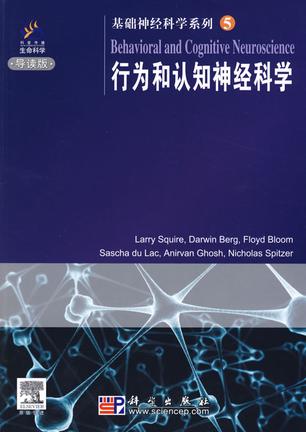
行为和认知神经科学
本书特色: 内容全面——全书共分7个部分,覆盖神经科学领域的各个方面,第三版增加了神经科学发展较快的领域,如树突的发育、化学感觉、小脑、眼动、睡眠和梦,以及意识等。 作者专业——本书由多位美国科学院院士参与,其中两位曾经担任过神经科学学会(Society for Neuroscience)的主席,由100多位神经科学家共同编著而成。 生动详实——全书包含530余幅图例和照片,便于读者理解,本书附赠光盘包含全书所有彩图。 结构新颖——为了使读者能够更好地理解文中内容和开阔视野,书内增加了大量背景性材料,于正文中用方框标出,包括重要的实验、病例、实验方法和概念等。每章末尾介绍一些有关文献和进一步阅读的补充材料,供读者学习和深入钻研。 ------- 目录 第七部分 行为和认知神经科学 第44章 人脑进化 第45章 认知发育和衰老 第46章 物体的视觉感知 第47章 空间识别 第48章 注意 第49章 学习与记忆:基础机制 第50章 学习与记忆:脑系统 第51章 语言和交流 第52章 前额叶皮层及脑功能执行 第53章 意识的神经科学 -
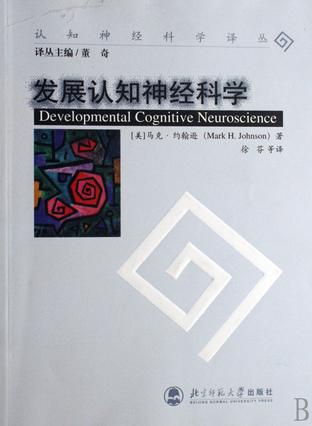
发展认知神经科学
《发展认知神经科学》着眼于心理发展的不同领域(如视觉、注意、客体与数字概念、社会知觉、语言与记忆等),系统运用发展心理学、神经发育以及认知神经科学的研究结果,介绍心理发展背后的脑机制问题。作者以发展心理学中“自然与使然”这个基本问题贯穿始终,根据最新的研究成果,从成熟、技能学习及交互式特异化这三种观点诠释脑发育及功能发展与心理发展之间的关系。